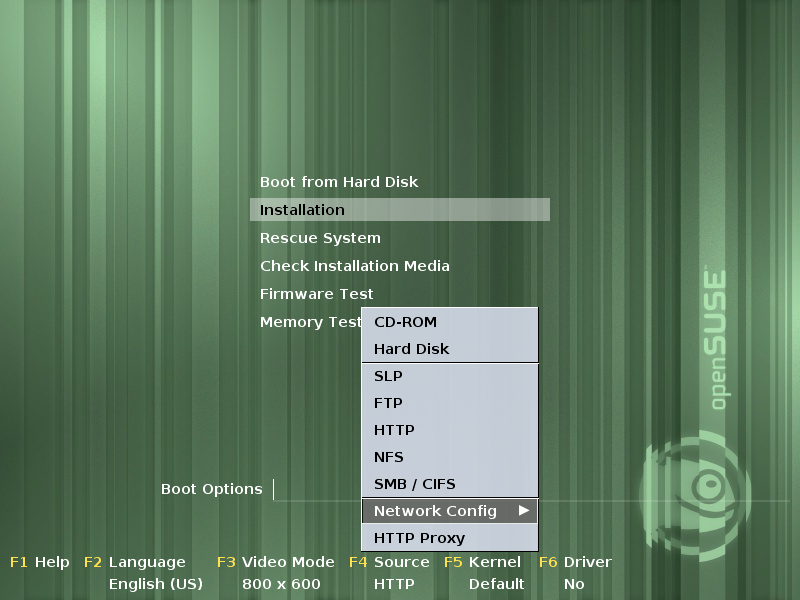

Guarantees, to a certain extent, security of the data transfer. On top of IP, TCP (transmission control protocol) The actual network layer is the insecure data transfer via Internet Group Management Protocol: This protocol controls machineĪs shown in Figure 13.1, “Simplified layer model for TCP/IP”, data exchange takes place inĭifferent layers. In addition, it provides a special echo mode that can be viewed The end user, but a special control protocol that issues error reports andĬan control the behavior of machines participating in TCP/IP data

Internet Control Message Protocol: This is not a protocol for It features a smaller latency period than TCP. UDP is suitable for record-oriented applications. Order in which the data arrives at the recipient is not guaranteed andĭata loss is possible. Transmit is sent in the form of packets generated by the application. User Datagram Protocol: a connectionless, insecure protocol. Implemented wherever the data sequence matters. TCP determines whetherĪny data has been lost or jumbled during the transmission. Original data stream format it was initially sent. The dataĪrrives at the respective application on the destination host in the Theĭata to transmit is first sent by the application as a stream of data andĬonverted into the appropriate format by the operating system. Transmission Control Protocol: a connection-oriented secure protocol. Several protocols in the TCP/IP protocol family # TCP The operating system and its applications. That describe various Internet protocols and implementation procedures for NetworksĬombined by TCP/IP, comprising a worldwide network, are also called The protocols listed in Several protocols in the TCP/IP protocol familyĪre provided for exchanging data between two machines via TCP/IP. Single network protocol, but a family of network protocols that offer various Linux and other Unix operating systems use the TCP/IP protocol. 16 Dynamic kernel device management with udevġ3.1 IP addresses and routing 13.2 IPv6-the next generation Internet 13.3 Name resolution 13.4 Configuring a network connection with YaST 13.5 NetworkManager 13.6 Configuring a network connection manually 13.7 Basic router setup 13.8 Setting up bonding devices 13.9 Setting up team devices for Network Teaming 13.10 Software-defined networking with Open vSwitch.14 UEFI (Unified Extensible Firmware Interface).11 journalctl: Query the systemd journal.8 32-bit and 64-bit applications in a 64-bit system environment.3 System recovery and snapshot management with Snapper.2 Managing software with command line tools.


 0 kommentar(er)
0 kommentar(er)
